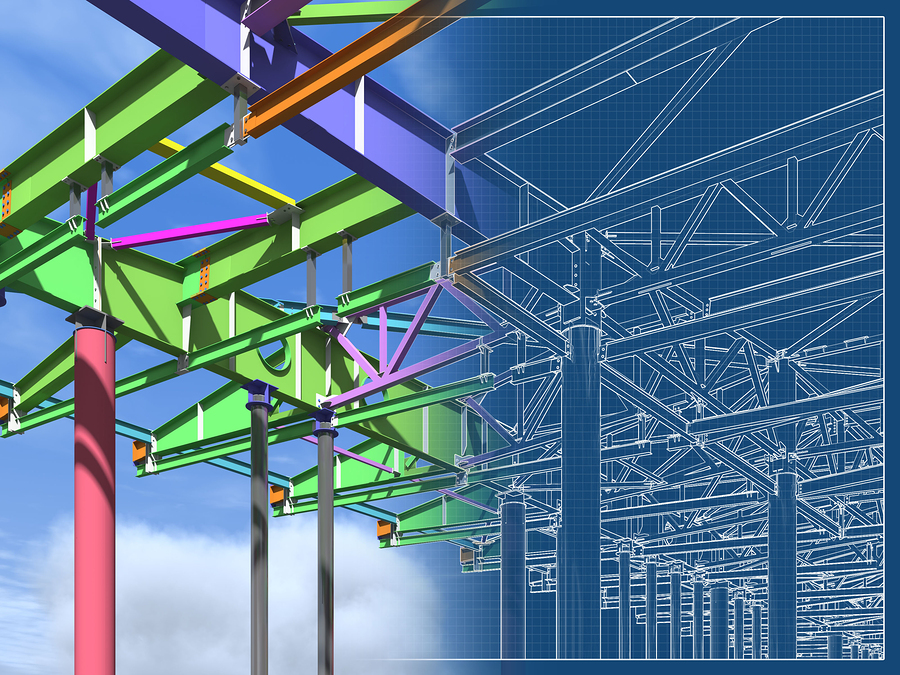With design being midway between creation (arts) and research (sciences), innovation in architecture aims to create “ordinary things in an extraordinary way”, says Jacques White, director of the school of architecture of the Université Laval. How does this innovation materialize, which revolves around design, materials and working methods?
Design
Innovation in architecture is not merely a matter of novelty and originality in construction, reconstruction and renovation projects. It must be synonymous with added value, which requires that architectural firms – large and small – put the emphasis on research and development. That is why they tend to partner with universities or create their own non-profit association in order to come up with forward-thinking ideas. In addition, innovative designs – developed to last – need to incorporate long-term scenarios for advancing construction so that it can adapt to changing user needs.
Materials
Architectural innovation also involves the use of more sustainable, economical, safe and recyclable materials. As such, companies and universities around the world are full of ideas to design more efficient materials, especially in terms of insulation: paper bricks (cement combined with the cellulose from paper and recycled cardboard) that offer excellent acoustic insulation; antipollution plaster that filters indoor air (capturing 80% of volatile organic compounds); fungi-based insulation, which weaves a light, dense and biodegradable block from the mycelium; heat regulating coating using paraffin which melts (and solidifies) when the temperature rises (falls). The aesthetic aspect, meanwhile, is far from being overlooked, as shown by transparent wood (Stockholm Institute of Technology); phosphorescent cement that restores light at night that it absorbed during the day (Université Michoacana de San Nicolás de Hidalgo in Mexico) or translucent concrete whose integrated optical fibres allow light to pass through (an expensive product found in the Guggenheim Museum in New York).
Working methods
Appearing in the late 1970s, the first building modelling tools have improved over the decades, culminating in the BIM – Building Information Model, which has been adopted – even imposed – by many governments on five continents: Japan, United Kingdom, Iran, Singapore, United Arab Emirates, France, Spain, Germany, Canada, United States, Nigeria, South Africa… Why such a craze? Because BIM deals with all aspects of a structure’s life cycle right up to deconstruction, and all in one place, allowing for reducing errors (61%), construction costs (30%), project duration (22%) as well as complaints and disputes (17%), according to a study conducted by McGraw-Hill Construction in 2012. Also, BIM renders the multitude of information provided by the various trades involved in performance of the work in the form of models incorporating data as varied as materials, shapes, calculations of energy, electricity, waterworks, air movement, etc.
While innovation in the architectural field often brings satisfaction to its creators, it can also leave some doubts about the essence of the innovative concept, as the Portuguese architect Alvaro Siza said, “If you think you have invented something, it’s proof of your ignorance!”
